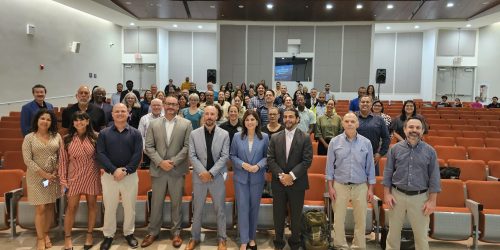An issue of growing public concern is the reach and effectiveness of heat health warning systems and emergency preparedness tools, especially for those at the highest risk. A new publication, titled “Recommendations for increasing the reach and effectiveness of heat risk education and warning messaging”, analyzed thermal climate conditions in San Diego County, California during the warm season, and conducted four virtual focus groups composed of heat-vulnerable community members and representatives in the county. Discussion questions included (1) whether or not heat health is a concern in their community; (2) the types of heat health education or warning systems that currently exist in their community; (3) opportunities and barriers that exist to protect against heat health; and (4) opportunities to foster/overcome barriers. Focus group results were analyzed using a qualitative analysis software.
Based on these results, three primary evidence-based recommendations were provided, which included (1) diversification of communication channels to include existing community support networks including organizations such as neighborhood schools, nonprofit and community-based organizations, health outreach programs and community and religious leaders; (2) specification of content, by using audience-specific languages and formats (e.g. storytelling, videos) to clarify which geographic regions are most vulnerable, explicitly communicating potential health impacts, and recommending mitigation efforts at multiple community scales; and (3) development of formally coordinated campaigns by creating training opportunities for key organizations and individuals to become educated about heat risk, especially in warmer seasons.
This research, by Principal investigator Kirsten VanderMolen, from the Desert Research Institute, along with her colleagues Nicholas Kimutis and Benjamin Hatchett, was funded by the NOAA International Research and Applications Program (IRAP) through a competition focused on climate and health risks in border regions of the U.S. VanderMolen is also a part of the California-Nevada Applications Program (CNAP), which is a NOAA Regional Integrated Sciences and Assessments (RISA) team.
For more information, contact Lisa Vaughan.









